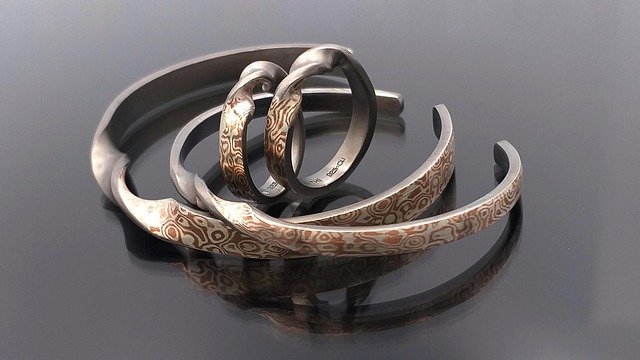A Guide to The Tummy Tuck Procedure
A tummy tuck, medically known as abdominoplasty, is a surgical procedure designed to remove excess skin and fat from the abdominal area while tightening the underlying muscles. This comprehensive guide explores everything you need to know about this popular cosmetic surgery, from understanding the procedure itself to navigating recovery and considering the potential benefits and risks involved.

Abdominoplasty has become increasingly popular among individuals seeking to achieve a flatter, more contoured abdominal profile. Whether due to pregnancy, significant weight loss, or natural aging, many people find that diet and exercise alone cannot address loose skin and weakened abdominal muscles. Understanding this surgical option can help you make informed decisions about your body and health.
What Is a Tummy Tuck
A tummy tuck is a surgical procedure that removes excess skin and fat from the middle and lower abdomen while tightening the fascia of the abdominal wall. The surgery addresses both cosmetic and functional concerns, particularly for individuals who have experienced significant changes in their abdominal area. There are several types of abdominoplasty procedures, including full tummy tucks, mini tummy tucks, and extended tummy tucks, each designed to address different levels of correction needed. The procedure typically involves making an incision along the lower abdomen, removing excess tissue, and repositioning the belly button when necessary.
How the Procedure Works
The surgical process begins with the administration of general anesthesia to ensure patient comfort throughout the operation. The surgeon makes a horizontal incision between the pubic hairline and belly button, with the length depending on the extent of correction needed. Through this incision, the surgeon separates the skin from the abdominal wall, removes excess fat and skin, and tightens the underlying muscles by suturing them together. In full tummy tucks, the belly button is typically repositioned to maintain a natural appearance. The remaining skin is then pulled down and sutured closed, creating a smoother, firmer abdominal contour. The entire procedure usually takes between two to five hours, depending on the complexity and extent of the surgery.
Potential Benefits and Considerations
The primary benefits of abdominoplasty include improved abdominal contour, enhanced self-confidence, and better-fitting clothing. Many patients report feeling more comfortable in swimwear and form-fitting garments after recovery. The procedure can also provide functional benefits, such as improved posture and reduced back pain in some cases, particularly when diastasis recti (separated abdominal muscles) is corrected. However, important considerations include the permanent scarring that results from the procedure, typically running horizontally across the lower abdomen. Potential risks include infection, bleeding, poor wound healing, changes in skin sensation, and the possibility of needing revision surgery. Candidates should be in good overall health, have realistic expectations, and understand that this is not a weight-loss procedure but rather a body contouring surgery.
Recovery and Aftercare
Recovery from abdominoplasty requires patience and adherence to post-operative instructions. Most patients can expect to take two to four weeks off work, depending on the nature of their job and the extent of their surgery. During the first week, patients typically experience swelling, bruising, and discomfort, which can be managed with prescribed pain medications. Compression garments are usually worn for several weeks to support healing and reduce swelling. Physical activity is gradually increased over time, with most patients able to resume light exercise after four to six weeks and full activity after eight to twelve weeks. Follow-up appointments are crucial for monitoring healing progress and addressing any concerns. Proper wound care, avoiding heavy lifting, and maintaining a stable weight are essential components of successful recovery.
This article is for informational purposes only and should not be considered medical advice. Please consult a qualified healthcare professional for personalized guidance and treatment.




